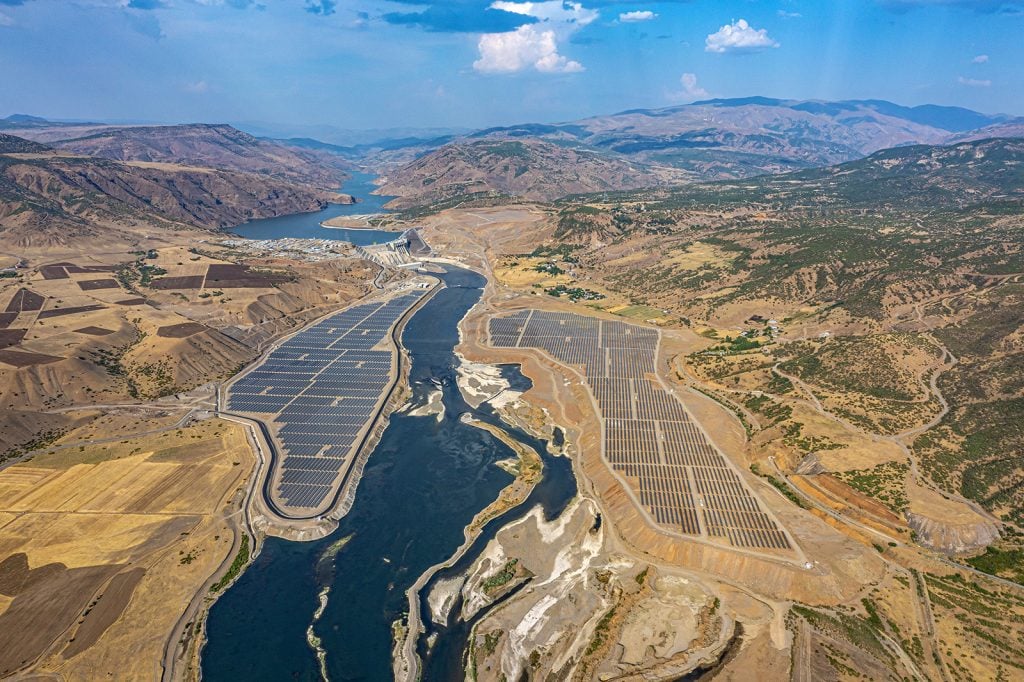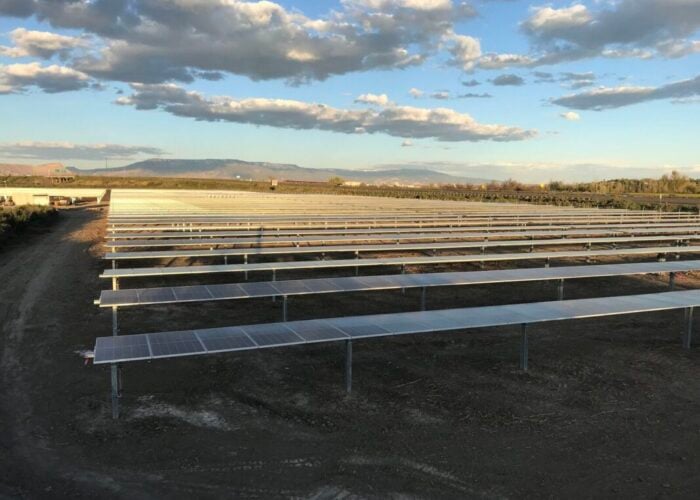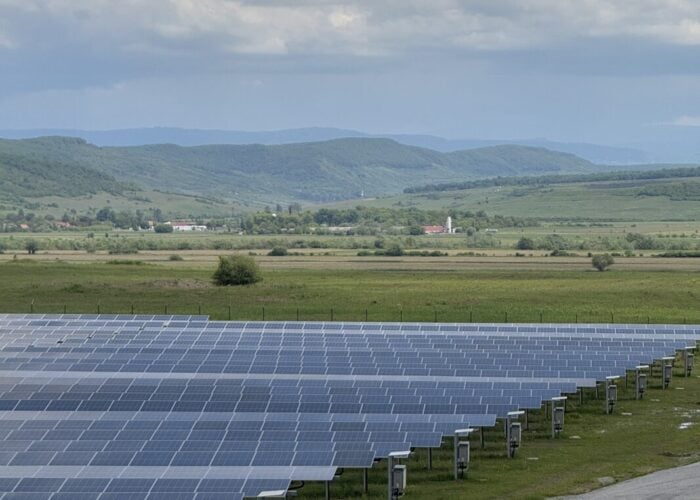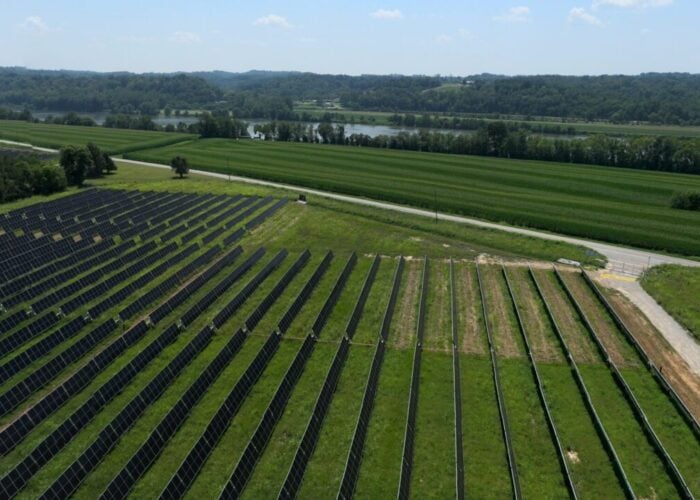
The addition of solar panels to existing wind and hydroelectric plants in Turkey could help sidestep growing grid capacity issues, and add 8GW of new capacity to the country’s energy mix.
This is according to the latest report from Ember Climate, which found that there is significant potential for hybrid renewable energy projects to improve the country’s domestic electricity generation capacity, without putting additional stress on a grid system that has been unable to add new capacity for almost a year.
Try Premium for just $1
- Full premium access for the first month at only $1
- Converts to an annual rate after 30 days unless cancelled
- Cancel anytime during the trial period
Premium Benefits
- Expert industry analysis and interviews
- Digital access to PV Tech Power journal
- Exclusive event discounts
Or get the full Premium subscription right away
Or continue reading this article for free
The report, ‘Türkiye can bypass grid constraints with hybrid solar power plants’, notes that no new capacity has been announced for transmission-level connections since September 2024, due to a lack of availability on the country’s energy grid.
This has affected the renewable energy sector in particular; between February 2024 and April 2025, 65% of grid connection applications for solar projects at the transmission level were rejected. While the report notes that this problem is not unique to Turkey – as of July 2024, 1.65TW of wind, solar and hydroelectric projects in the final evaluation stage were awaiting connection approval worldwide – the fact that there is considerable renewable energy potential in Turkey means a failure to capitalise on these resources is significant.
For instance, since 2021, the country’s domestic solar generation has almost doubled, while wind has doubled since 2017, as shown in the graph below. While solar PV and wind make up a much smaller part of the country’s energy mix than coal and gas, the government is aiming for renewable energy to account for half of its domestic generation by 2030, and 80% by 2053.
“Türkiye’s energy transition journey has slowed down due to grid-related capacity constraints,” explained Ember energy analyst Çağlar Çeliköz. “This obstacle to new projects can be bypassed with hybrid solar power plants that can be commissioned without adding additional load to the grid. They have already proven their contribution to generation and to the efficiency of the primary source’s connection capacity.”
Indeed, solar has grown considerably in Turkey in recent years, with Ember figures showing installed capacity has more than doubled from 9.7GW in July 2022 to 19GW by the end of 2024.
While the report estimates that the addition of new hybrid solar capacity could add 8GW to the country’s solar capacity, it goes on to point out that “in more favourable scenarios with higher electricity prices and lower interest rates”, this could see the addition of 25.6GW of new capacity, which would more than double the country’s total operating solar capacity.
Hybrid power potential
There is also considerable precedent for hybrid energy projects in Turkey, suggesting that a greater adoption of hybrid projects would not be a complete change to the country’s energy mix. Hybrid power plants were first introduced into the energy mix in March 2020, and while just 100MW of capacity was installed in the first two years, this has since jumped to 1.4GW.
The Ember report notes that the country’s 25 existing hybrid solar power plants added 14% to the generation of the wind and hydroelectric plants to which they were connected in 2024, demonstrating the efficacy of co-locating multiple electricity generating technologies at a single facility.
However, the report notes that current licensed hybrid capacity has been underutilised. The graph below shows that across all technology types, less than half of the licensed solar hybrid capacity has been utilised, illustrated by the red bars.
Indeed, with just 0.5GW of hybrid capacity available for thermal, hydroelectric and biomass and geothermal projects, the Turkish energy mix could benefit from the opening up of more renewable electricity generation capacity to solar co-location. Under current laws, the addition of a second technology type to an existing generation project has strict limits on the capacity of the second technology type that can be added; hybrid projects can include no more than 100MW of the second technology type, with lower limits for smaller-scale projects.
However, the 100MW cap was removed for wind in October 2022, suggesting there is the capacity for flexibility in the legislation. The report also calls on the government to remove a “site adjacency restriction”, which requires hybrid projects to be physically located next to existing power projects, which can often limit deployment options if existing projects are built near protected areas or regions with unsuitable terrain, such as the borders of hydroelectric plants.
Ember notes that “removing the barriers to hybrid solar power plants” could push the country’s installed solar capacity as high as 30GW.
Turkey has announced a number of new solar projects this year, including the award of 800MW of new capacity and Tosyali Holding’s plans to build a 1.2GW solar plant in the country. The Turkish upstream solar sector has also seen a number of investments, including a US$2.5 billion investment to build solar cell manufacturing plants in the country, backed by Chinese giant Astronergy and four Turkish manufacturers.






